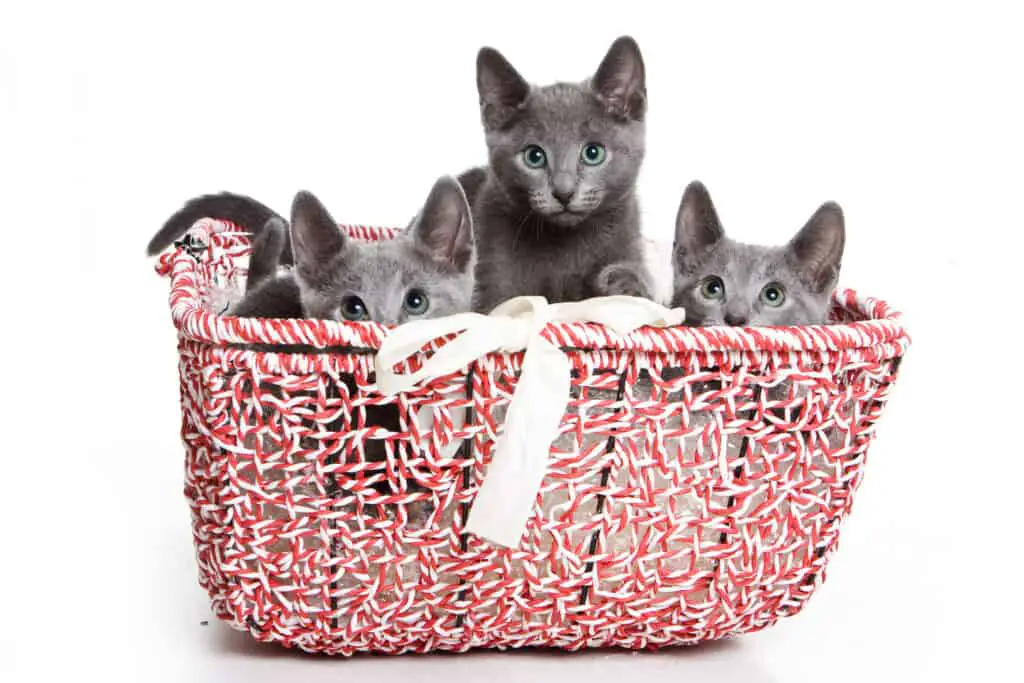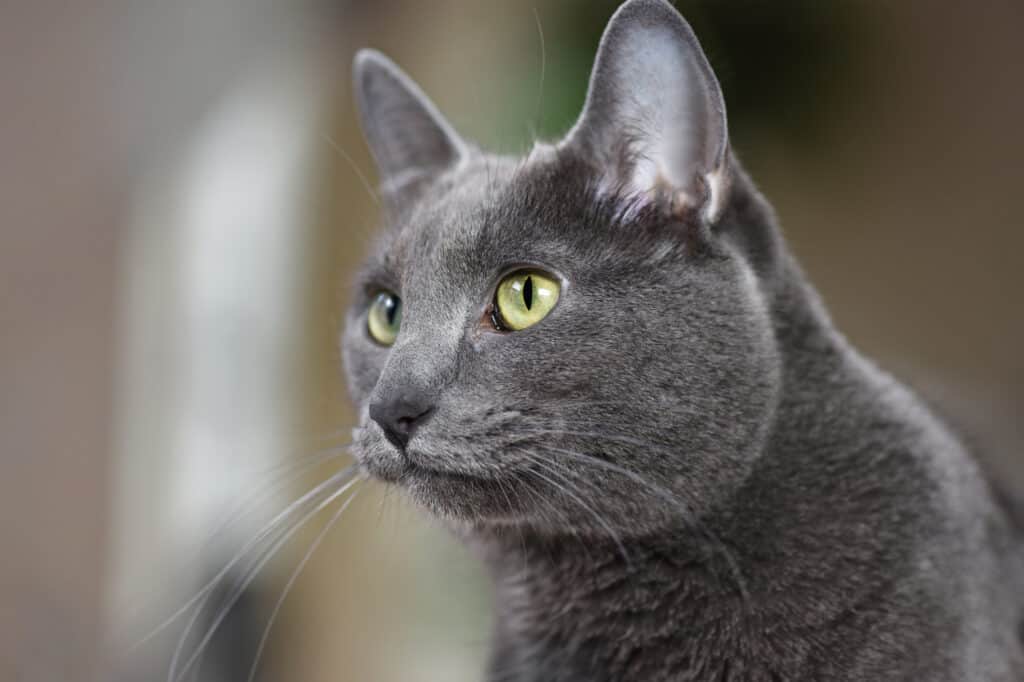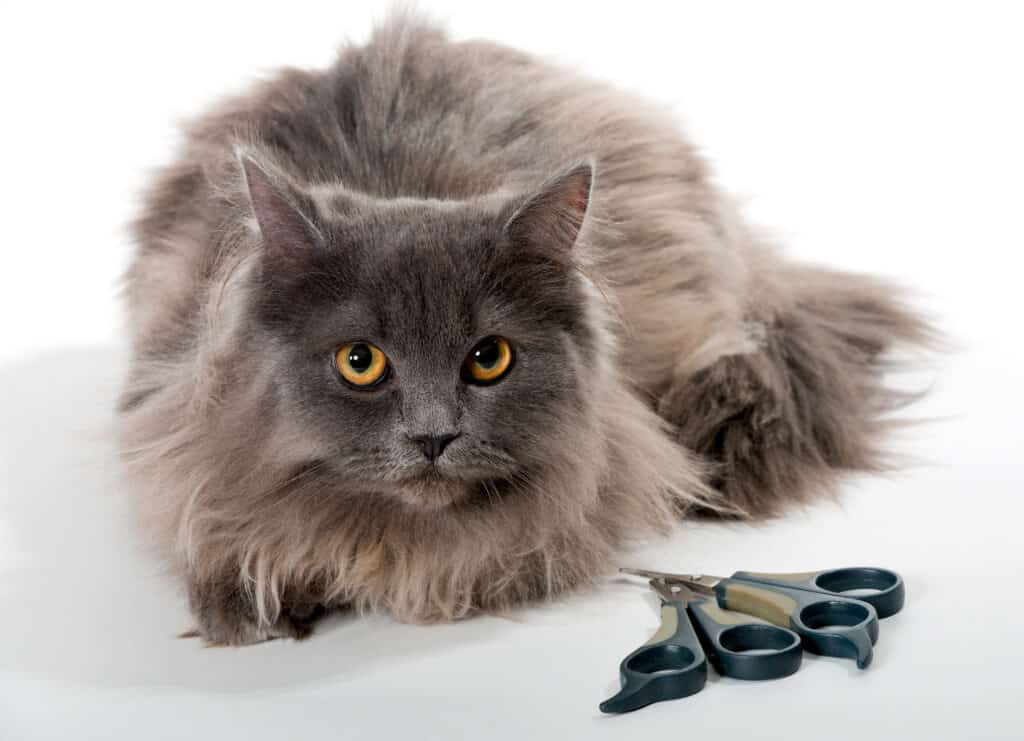Looking at the features of a Russian Blue cat, it’s not hard to understand why this breed is so popular in the US and Europe.
But what if you’ve fallen for their beauty but can’t find a Russian Blue to adopt? Are there any breeds that are similar to the Russian Blues?
The short answer is yes.
Russian Blues are related to three other breeds; Thailand’s Korat, the French Chartreux, and the British Blue (a.k.a. British Shorthair). Apart from that, several breeds are similar while not sharing a direct bloodline; these are Persians, Nebelung, Oriental Shorthair, and the Burmese.
Read on to learn more about these breeds, their coloring, and how to tell the difference between each breed and a true Russian blue.
Cat Breeds Similar to the Russian Blue
Besides their beauty, Russian Blues are known for being a friendly and loyal cat breed. Is known for its playful personality and thick, dense coat ranging in color from shimmering silver to slate gray. Its eyes are green ringed with yellow or amber.
1. Korat
This blue-coated cat hails from Thailand, with a short, slate-gray coat and silver finish. It is one of the three species closely related to the Russian blue, so it is no surprise that this cat breed shares some striking similarities with its Russian cousin.
Like the Russian blue, the Korat has long, slender limbs and a short, dense coat. Its personality is also very similar to the Russian blue, being incredibly affectionate with their humans.
Both breeds are highly intelligent and can learn tricks or specific behavior. Additionally, the Korat also needs a minimum of grooming and is therefore low maintenance, just like the Russian Blue.
Both breeds get along well with kids and other pets, although the Korat might be a slightly better choice if you have a busy household.
Suggested reading: Russian Blue versus Korat
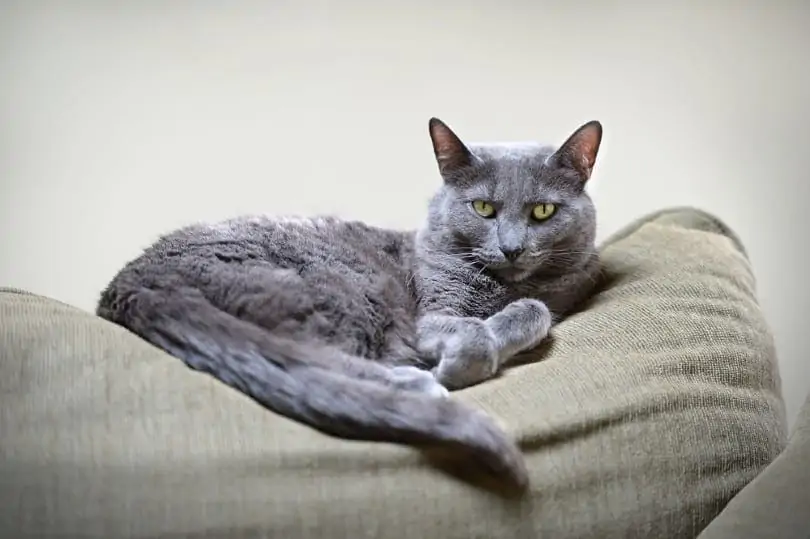
So how can you tell the difference?
Well, for starters, the Russian blue is usually larger than the Korat, with an adult length of between 23- 25 inches, while its Thai cousin has a maximum length of 18 in.
The Russian Blue generally has a longer lifespan with its 15-20 years versus 10-15 for the Korat.
2. Chartreux
Considered the national cat of France, the noble Chartreux is a docile, mild-mannered cat with an affectionate personality – especially around children.
Its short, silvery blue coat and sweet, easy-going personality give it a striking resemblance to the Russian blue, to which it is directly related. However, there are some key differences.
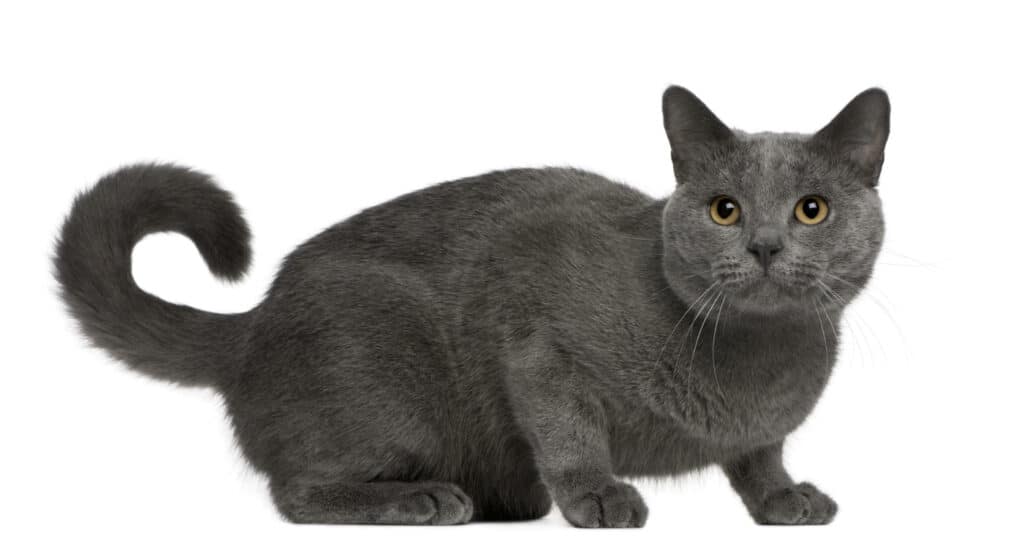
The Chartreux, while agile and graceful, is stockier and more muscular than the Russian blue. Most easily noticed by its rounder face and shorter paws. Also, the Chartreux ears are noticeably smaller than those of the Russian Blue.
Chartreux cats are also known for their rich amber/yellow eyes, distinguishing them from the green-eyed Russian blue.
Suggested reading: The Russian Blue Cat Versus The Chartreux
3. British Blue / British Shorthair
The third and final species on our list that shares a direct lineage with the Russian blue, the British blue – better known as the British Shorthair – is a copper-eyed breed with a round, broad head and a relatively muscular build.
British shorthairs also come in various colors besides blue, including cream and tan, and can sport stripes – though the blue coat is the most common for this breed.
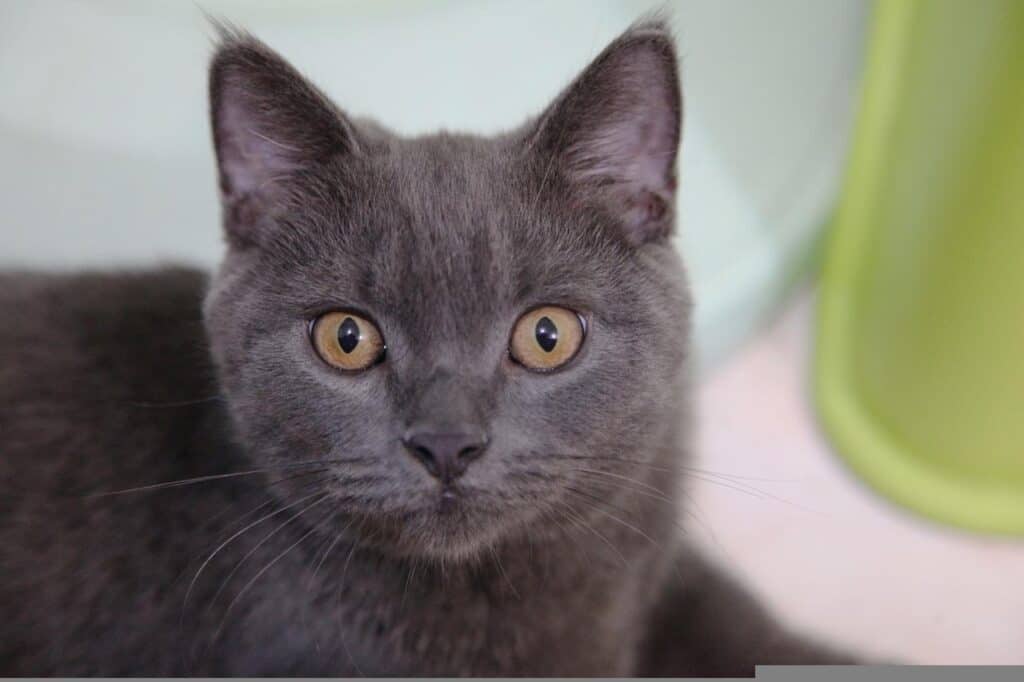
While they have the same playful, affectionate, and friendly personality as their Russian cousin, the British Shorthair is a bit more aloof, preferring to spend time alone rather than follow its humans around.
4. Persian
With long, luxurious fur and sweet, round eyes in a broad head, it’s no wonder why many pet owners adore the Persian breed. Docile and affectionate, this cat loves to be around its humans.
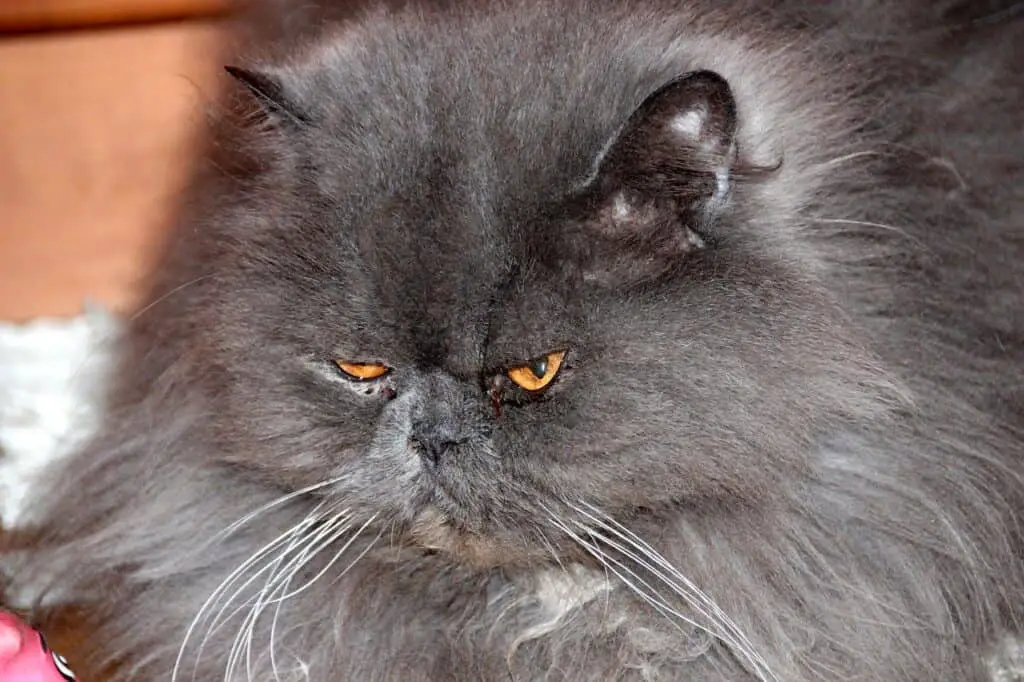
While Persian cats come in a wide range of colors, the blue-grayish ones are sometimes mistaken for The Russian blues, despite their long, high-maintenance fur.
Persian cats are certainly suited for the cold, much like their Russian cousin, and are believed to have originated in Persia’s cold, mountainous regions (now modern-day Iran).
Suggested reading: Russian Blue versus Persian Cats
5. Nebelung
This breed’s name is German for “creature of the mist”, due to its foggy, silvery blue fur.
It is a sweet, affectionate breed that doesn’t bode well when left alone for long periods of time. It will happily pass the time in its human’s lap. Like the Russian blue, the Nebelung is playful and highly intelligent.
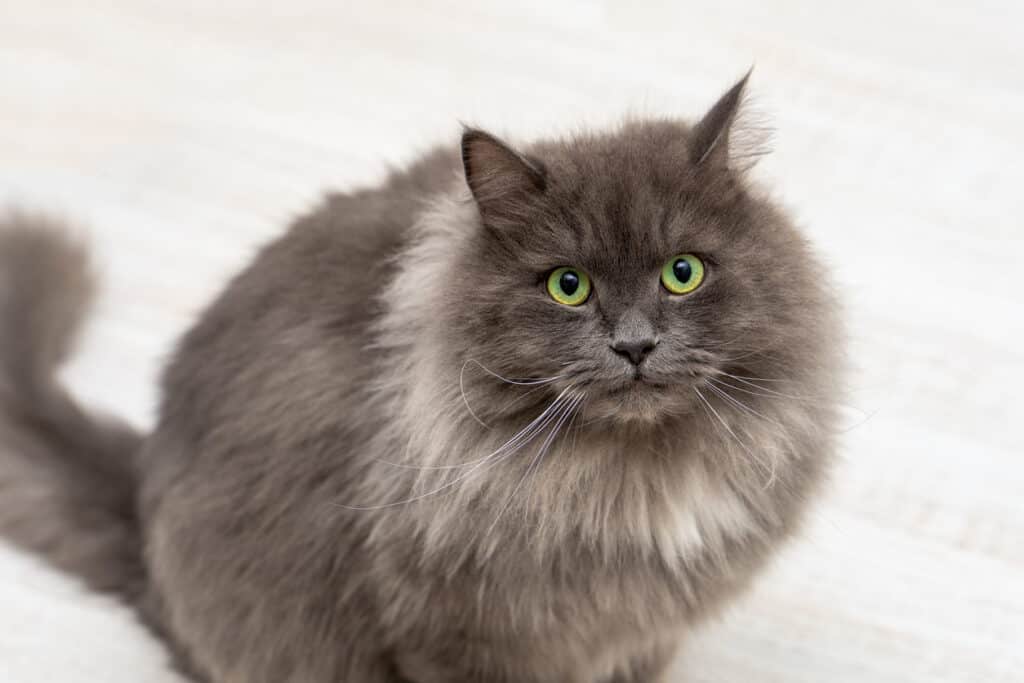
While its coat color is similar to that of the Russian blue, the Nebelung has longer fur and requires more grooming than the shorter hair of many other breeds.
6. Oriental Shorthair
Unlike the other cats on this list, this active, playful, and highly intelligent breed is relatively new – being a hybridization of the Siamese cat originating in the 1950s.
The Oriental Shorthair has a strong, graceful body and sleek appearance. It comes in many colors, blue-gray being one of the most common.
Like the Russian Blue, it has relatively large ears but is recognizable by its wedge-shaped head.
This breed is known for its boundless energy, so keep this in mind if considering adopting one of these hyper kitties.
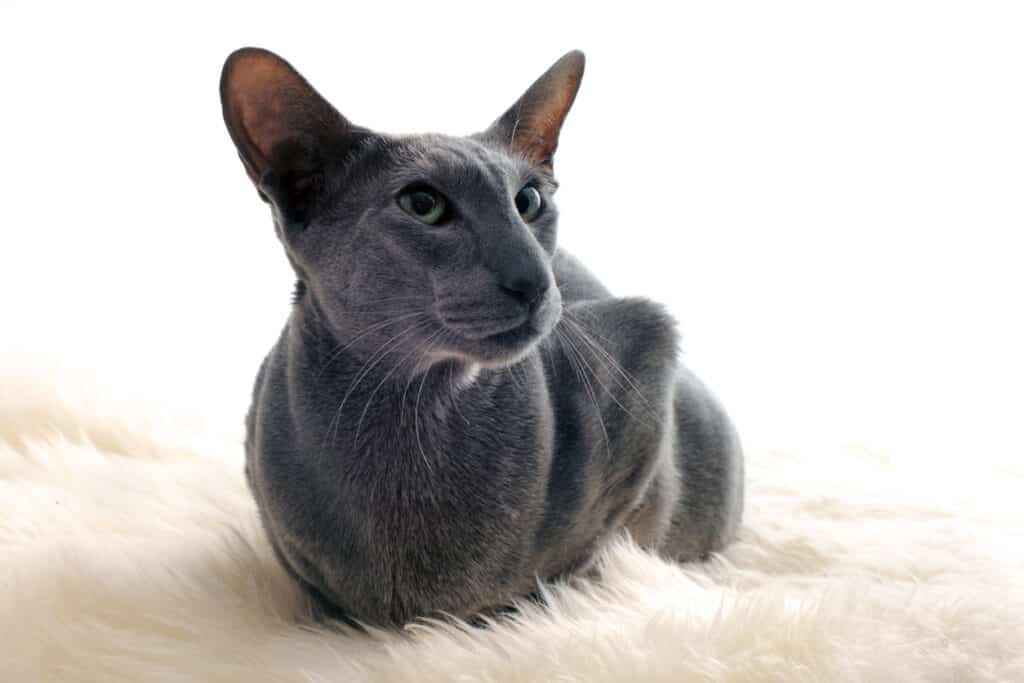
7. Burmese
These sleek yet stocky cats are energetic and playful companions with coat colors that range from silvery blue to dark gray.
While those with the darkest coats aren’t often mistaken for Russian blues, their smoky color paired with bright green eyes can make them pass for one.
Like the Russian blue, the Burmese is affectionate and playful. However, its head is a rounder shape, and its limbs are shorter and less slender. Burmese cats are performance artists and will let you know when it is feeling neglected.
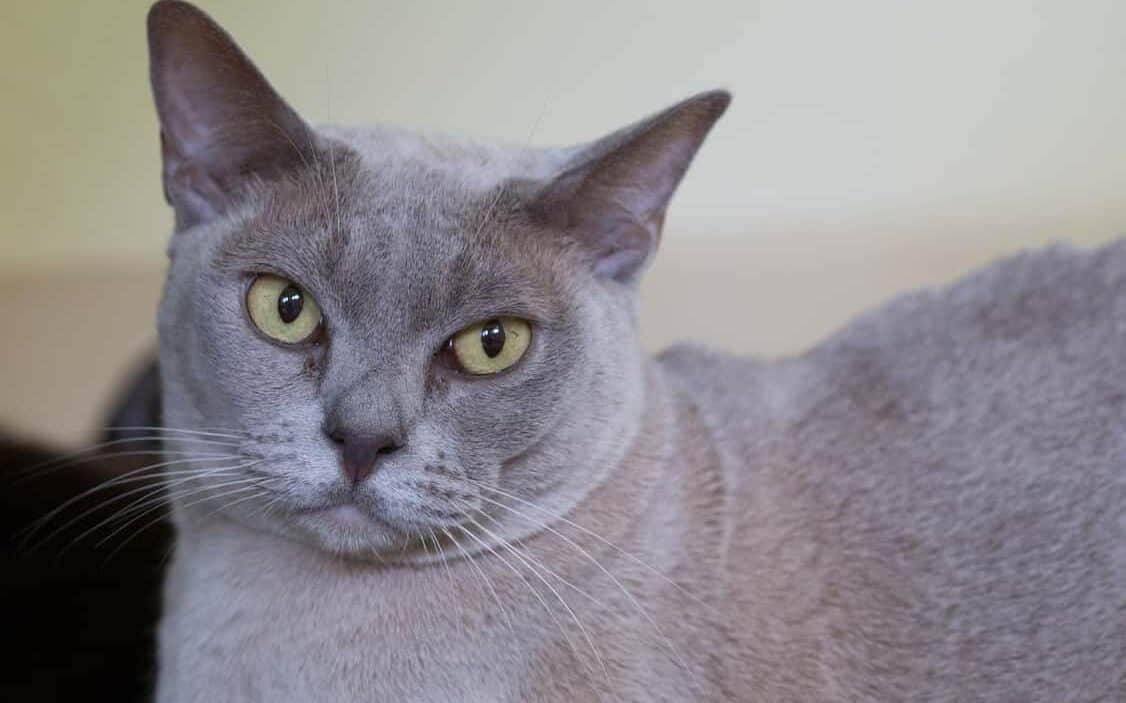
Our Final Thoughts
All cats are adorable and will make great companions. If you set out to find a Russian Blue but cannot find one because they are considered somewhat rare in the US and considerably rare in Europe, you might want to consider these options as they closely resemble the Russian Blue’s beauty.
The most important thing is that your new feline family member receives the love and care from you that it craves and needs.
We hope this article helped list some of the closely related cats to the Russian Blue breed and helped you choose your feline companion.
Love reading about cats?
You will definitely like our other content. Have a look at these popular articles on our website.
-
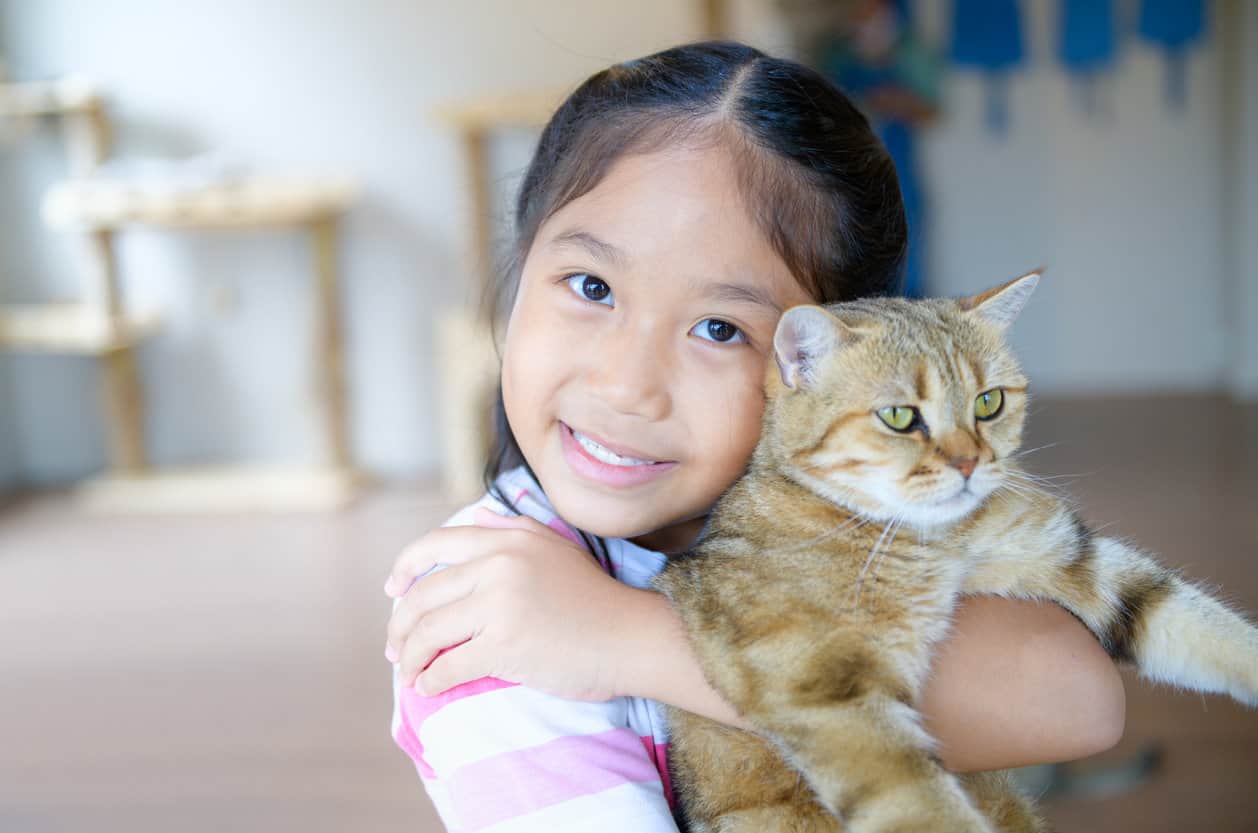
10 Ways to Make Your Cat Live Longer
The oldest cat to ever live passed away at the old age of 38. On average, household cats live between […]
-
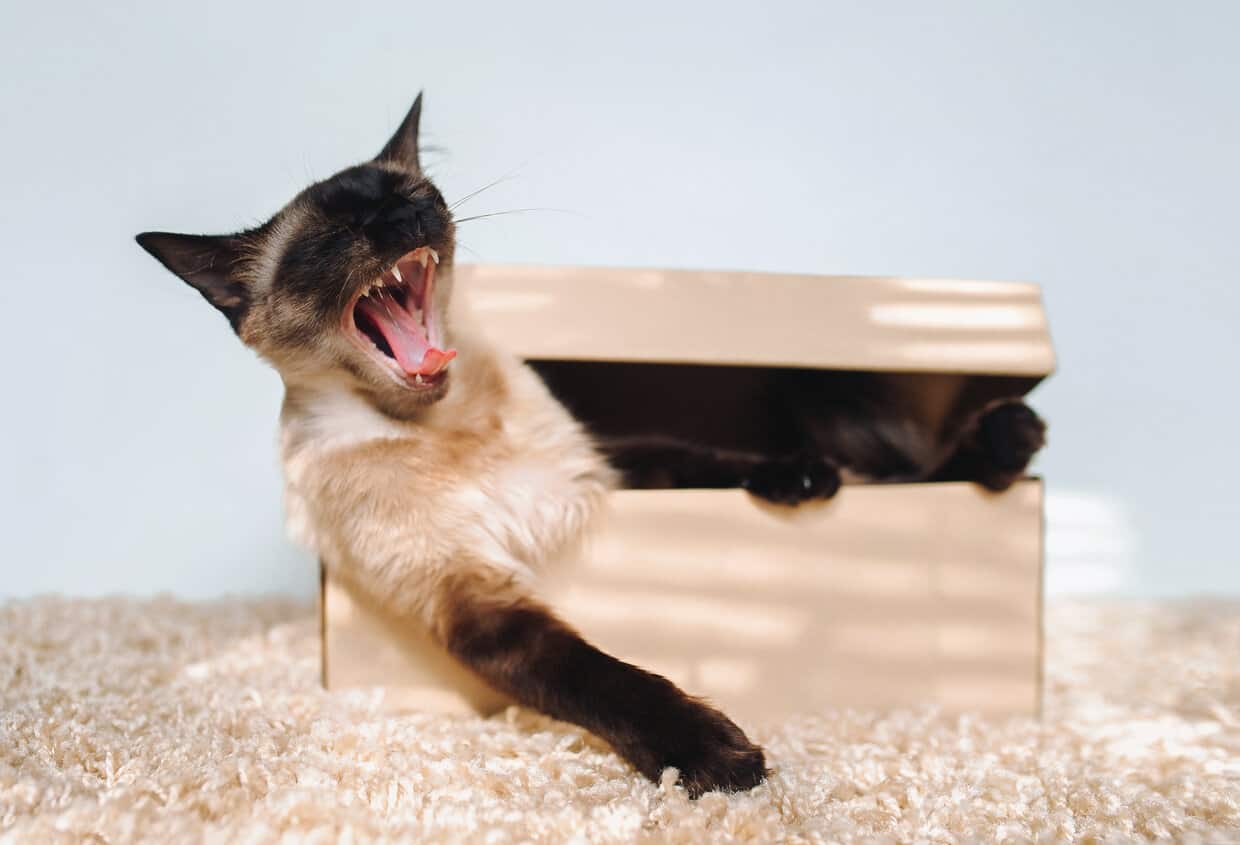
12 Reasons Why Siamese Cats Cry at Night
Siamese cats are a popular breed of cats that many people choose to have as pets. Perhaps you have heard […]
-
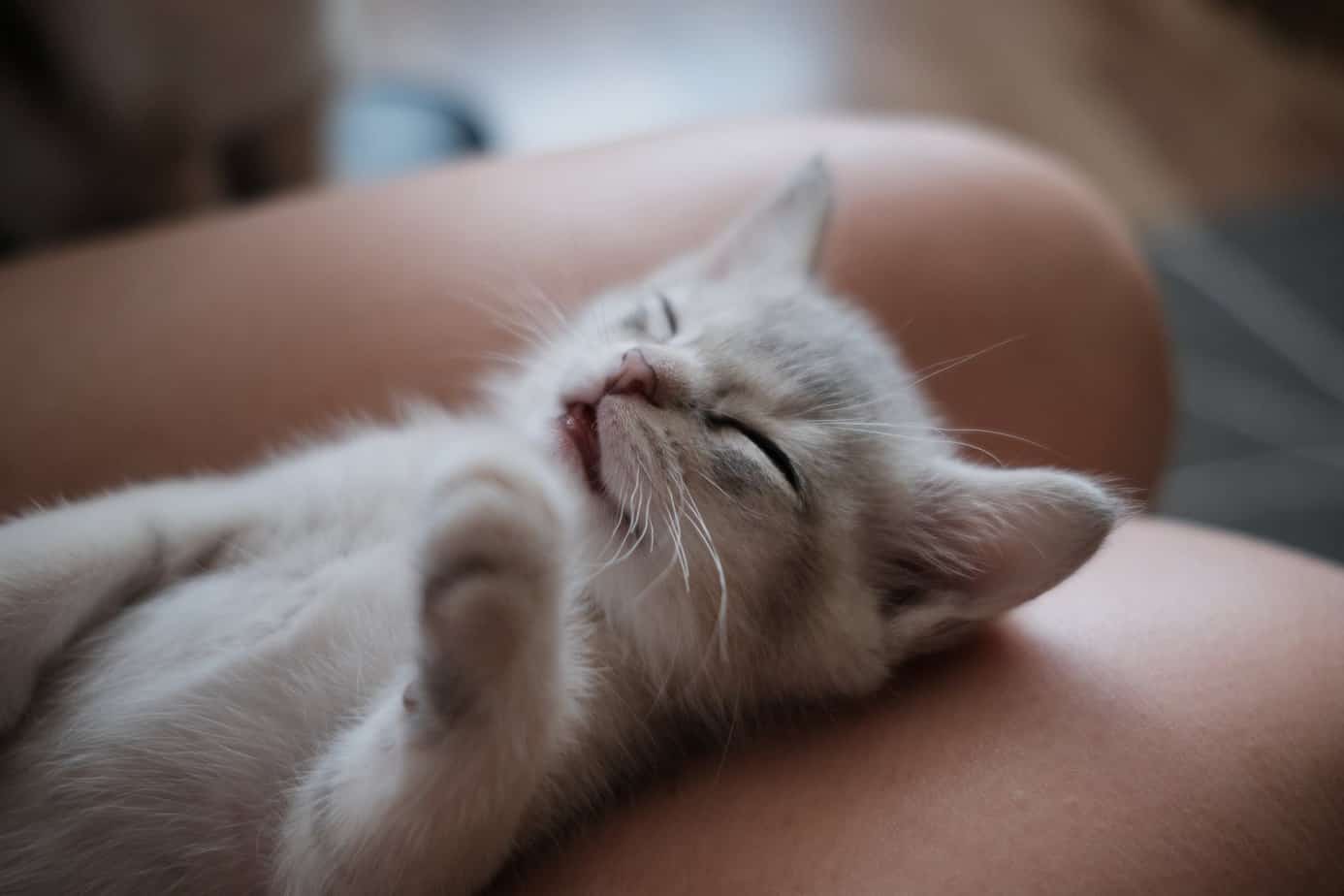
15 Incredible Ways That Cats Show Affection For Humans
Wondering how cats show their affection for humans? We have listed several incredible ways that cats are trying to show their love for us.

